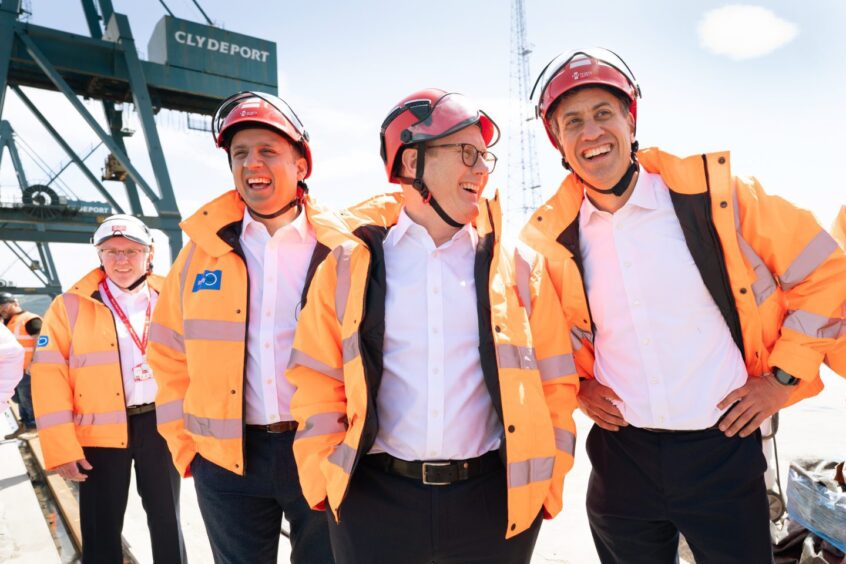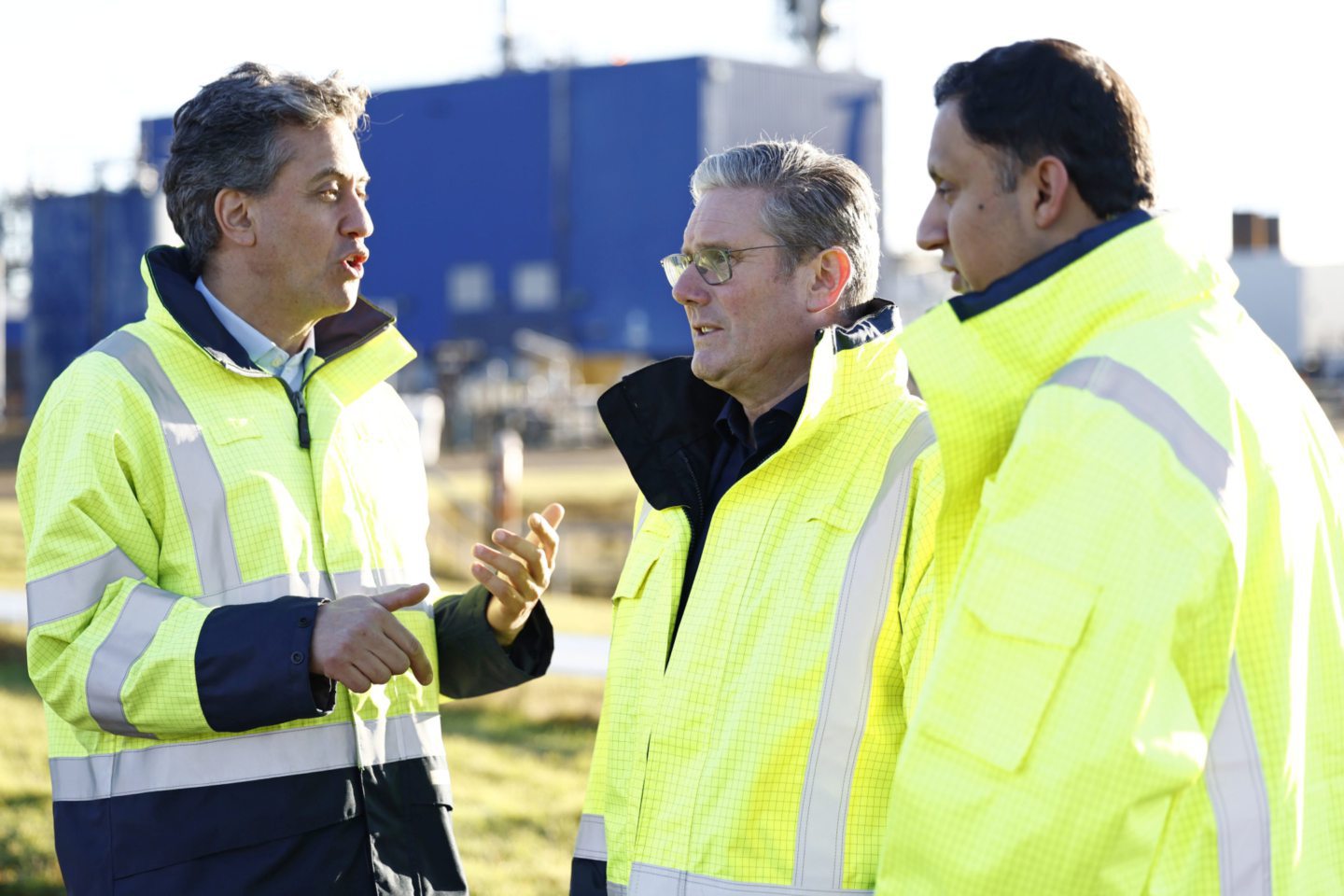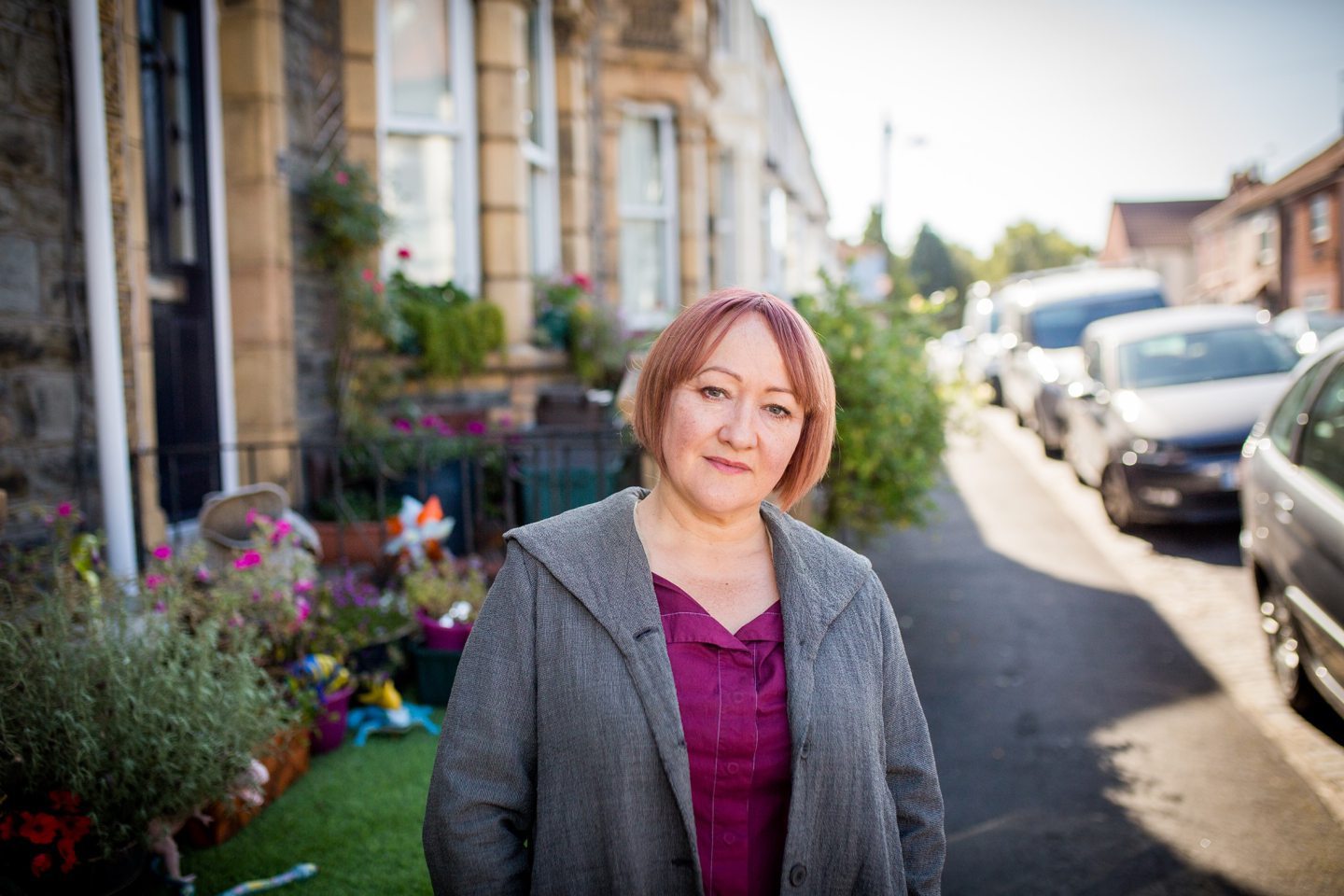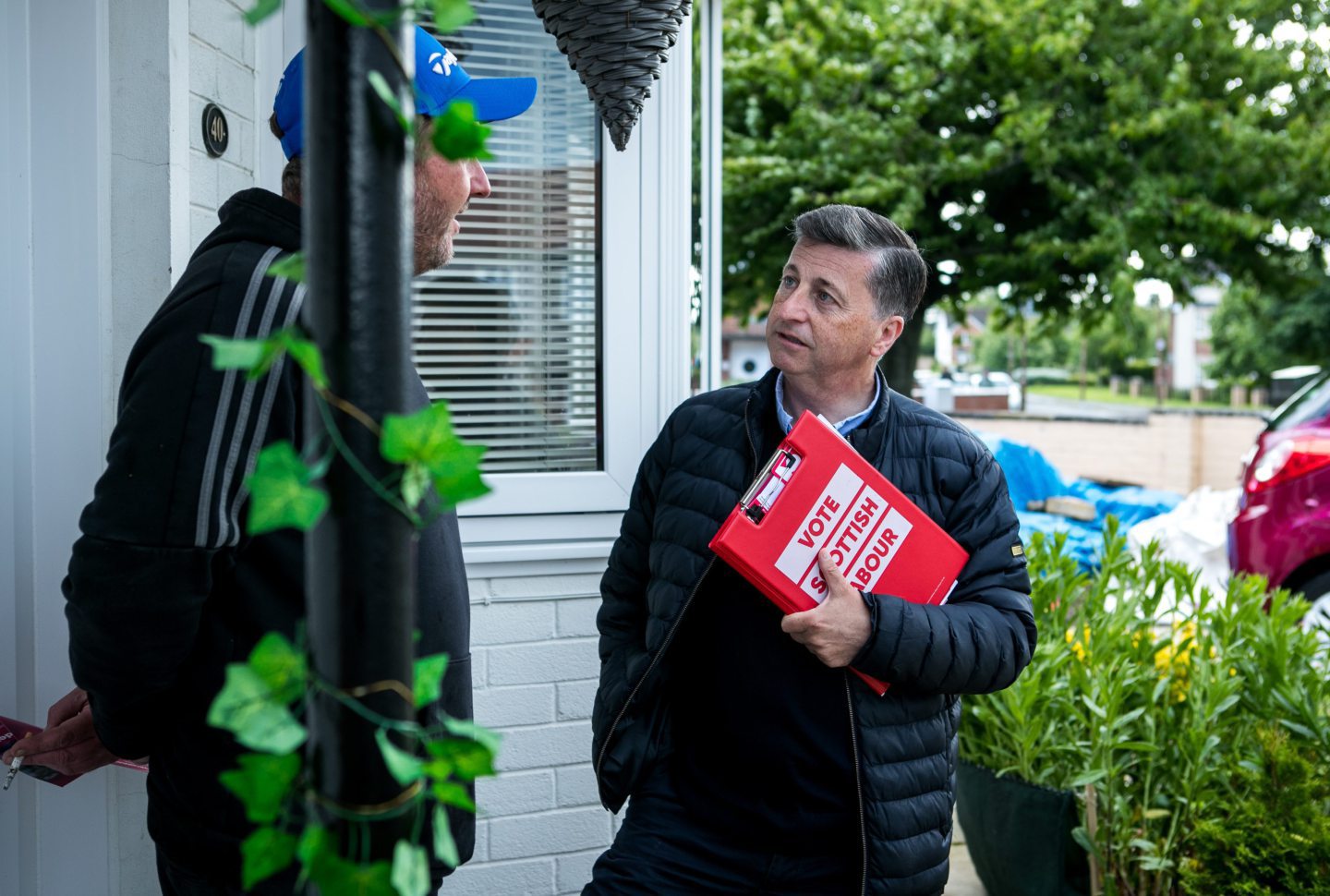
As Labour leader Sir Keir Starmer plans the move into Number 10 Downing Street following his election win, Energy Voice takes a look at who could join incoming energy secretary Ed Miliband’s team.
During the campaign, Labour pledged to make the UK a “clean energy superpower”, alongside promises for a “phased and responsible” transition in the North Sea.
The party also pledged to halt new oil and gas licences as well as introduce a “proper windfall tax” on North Sea firms.
The North Sea energy sector remain “deeply concerned” about the Labour campaign proposals, while trade unions and green groups have urged the next government to fund a “just transition” for oil and gas workers.
Sir Keir announced his cabinet team on Friday afternoon, confirming Mr Miliband will retain the role of Secretary of State for Energy Security and Net Zero, replacing outgoing Conservative Claire Coutinho.
But who will be responsible for implementing Labour’s manifesto pledges alongside him?
Ed Miliband
Former Labour leader Ed Miliband retains the top energy brief, a position he took on in 2021.
He was considered the architect of Labour’s initial plans to spend £28billion a year on net zero.
However this proposal was then scrapped in February by Rachel Reeves, who Sir Keir has confirmed in her role as the UK’s first female Chancellor of the Exchequer.
While perhaps best remembered for eating a bacon sandwich, prior to becoming Labour leader Mr Miliband held several ministerial roles under Tony Blair and Gordon Brown.
This included taking responsibility as secretary for the energy and climate change portfolios under Brown, the first time the two roles were combined into one department.
During his tenure, Mr Miliband played a prominent role in changing UK policy surrounding coal power.
He introduced a policy declaring that no new coal plants would be approved without carbon capture and storage (CCS) technology.
This led to the eventual shelving of plans to construct two new coal-fired units at the Kingsnorth power plant in Kent in 2010.
In government, he was also an early backer of CCS industrial clusters, designating Yorkshire and the Humber as the UK’s first low-carbon economic areas.
Other prominent decisions Mr Miliband made in the role included raising the UK’s emissions reduction targets from 60% by 2050 to 80%.
The target was subsequently increased to a legally-binding target of net zero by 2050 by the outgoing Conservative government.
However, in May the High Court ruled the UK’s climate action plan is unlawful for the second time, leaving Mr Miliband with some work to do when he returns to the role.
But who will be joining Mr Miliband as junior ministers to deliver Labour’s energy promises?
Shadow Ministers
In opposition, longstanding Southampton Test MP Alan Whitehead served as shadow minister for energy security.
However, Mr Whitehead stood down ahead of the election.
Meanwhile, shadow minister for climate change and Bristol East MP Kerry McCarthy won re-election, as did shadow minister for industry and decarbonisation Sarah Jones in the newly created seat of Croydon West.
With Sir Keir largely expected to retain the makeup of his frontbench team, Ms McCarthy and Ms Jones look set to keep their previous shadow portfolios in government.
Sarah Jones
Ms Jones is a relative newcomer to the industry and decarbonisation portfolio, taking on the position in early 2023.
She began her parliamentary career at the 2017 General Election, unseating Conservative MP Gavin Barwell in the seat of Croydon Central.
During her early years in parliament, Ms Jones played a prominent role in criticising the political failures which led to the Grenfell Tower fire, and launched a parliamentary group focused on a stronger response to knife crime across the UK.
Promoted to shadow housing minister in 2018, Ms Jones pushed for fire safety reform and protections for leaseholders.
After backing Sir Keir in the 2020 Labour party leadership election, he appointed her as shadow minister for police and the fire service.
In September 2023 during a shadow cabinet reshuffle, she took on the shadow industry and decarbonisation role shared with the business and trade portfolio.
Prior to entering parliament, Ms Jones held roles with the Labour party and worked for housing charity Shelter, the NHS Confederation, as a civil servant in the London 2012 Olympics team, and for Gatwick Airport.
With her experience in the housing portfolio, Ms Jones is likely to play a prominent role in delivering Labour’s £6.6bn Warm Homes Plan.
Importantly for the North Sea oil and gas sector, Ms Jones told a Labour party event last year that it would not be “fair” on business to block the Rosebank oil field.
Ms Jones has also backed decarbonisation efforts in the British steel industry, and was criticised by environment groups for supporting the UK hydrogen sector
With the UK looking to massively expand its offshore wind production and increase domestic wind manufacturing, the steel sector is set to play a critical role in UK net zero efforts.
Kerry McCarthy
The former shadow minister for climate change first entered parliament as the MP for Bristol East in 2005.
Ms McCarthy has retained the seat since but suffered a 13.4% swing away from her in the most recent vote, largely towards the Green party candidate.
Born in Luton, Ms McCarthy worked as a solicitor in investment banking, including for Merril Lynch, before a period as the director of London Luton Airport between 1999 and 2003.
Ms McCarthy also served on Luton Borough Council between 1996 and 2003.
Entering the Labour shadow cabinet in 2010 under Ed Miliband, Ms McCarthy went on to hold positions as shadow ministerial positions in treasury (2010-2011), foreign and commonwealth affairs (2011-2015).
After Jeremy Corbyn took on the Labour leadership, Ms McCarthy was appointed as shadow secretary of state for environment, food and rural affairs in 2015.
During her time as shadow environment secretary, Ms McCarthy, herself a vegan, received criticism from farmers for saying meat should be treated like tobacco.
She later resigned from the shadow frontbench in protest over Mr Corbyn’s leadership.
After backing Keir Starmer in the 2020 leadership race, Ms McCarthy took on the role of shadow green transport minister before later returning to the Labour frontbench as shadow climate change minister.
As the most likely incoming climate minister, Ms McCarthy’s experience at Luton Airport and as a former shadow minister for green transport means she could play a prominent role in decarbonising the transportation sector.
With the Greens also picking up Bristol Central and securing just over 30% of the vote in Ms McCarthy’s adjacent seat of Bristol East, as a minister she’s likely to face pressure from her constituents to act on climate issues.
Other candidates
With Labour rumoured to have plans to set up a separate Office for Net Zero, it remains to be seen who else among Labour’s more than 400 MPs could be drafted into an energy-focused role in government.
Labour will have a slew of new MPs in Scotland following the election, and having pledged to locate GB Energy north of the border there could potentially be an energy role on offer for one of the incoming Scottish Labour MPs.
Former cabinet minister Douglas Alexander is one possibility following his return to Westminster as the Lothian East MP.
Mr Alexander previously served in Labour’s shadow cabinet, including shadow secretary roles covering transport, international development and Scotland.
Other winning Labour candidates with former shadow cabinet experience include incoming Wycombe MP Emma Reynolds, and former Deputy Mayor of London and incoming Swindon South MP Heidi Alexander.
Former Redcar MP and chair of Co-Operative Party Anna Turley also returns to parliament after regaining the seat she lost at the 2019 election.
Ms Turley previously served on the Westminster Business, Energy and Industrial Strategy Committee, and chaired the all-party parliamentary group on hydrogen.
Elsewhere, incoming Leeds North West MP Katie White could be a candidate for an energy related role, having spent time at the Department of Energy and Climate Change between 2009 and 2012.
Recommended for you


 © Supplied by PA
© Supplied by PA © Facebook
© Facebook © Facebook
© Facebook © Supplied by Andrew Cawley
© Supplied by Andrew Cawley